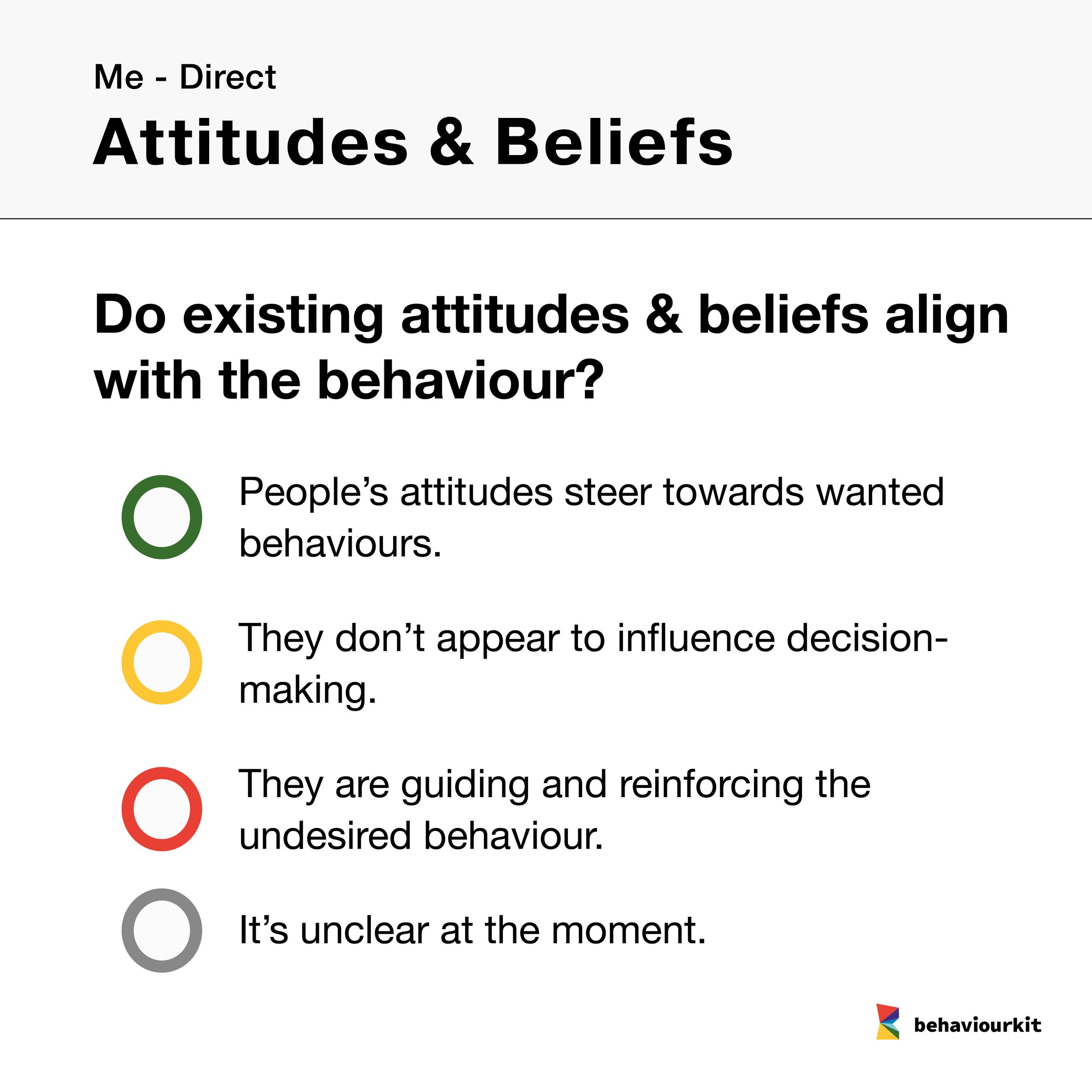CrI2SP
CrI2SP
Identify behavioural barriers, giving you a fresh perspective on behaviour.
Useful for:
Nudge
Communications
Project stage:
Discover
Using the CrI2SP Framework, you ask key questions around communication, resources, incentives, societal dynamics, and psychology that influence decision-making. Applied at the individual level, this tool uncovers behavioural barriers and patterns that can refine your interventions and shape future projects.
Applications:
Use the CrI2SP framework to unveil the hidden factors impacting your project. Use CrI2SP to understand people. Examine the messages delivered to your audience, the resources offered, the incentives and information given, and how societal dynamics shape behaviours. Apply psychological insights to reshape decision-making processes.
Important reminders:
The CrI2SP Framework is a magnifying glass, not a magic wand. It uncovers behavioural barriers and trends but doesn’t give you solutions.
Zoom in on individuals, not groups or organisations. The framework thrives on the microscopic view of behaviours.
Don't forget any element of CrI2SP. Each one plays a vital role in painting a full picture of the behavioural dynamics at play.
STEPS
Analyse Communication: Examine how messages related to the project or behaviour are being communicated and received.
How do messages about your project or behaviour reach people? What's their impact?Evaluate Resources: Look into the resources provided that could affect the project or behaviour.
What resources are available? How do they shape the behaviour in question?Consider Incentives: Evaluate the incentives or information given to the individuals involved.
What's the carrot at the end of the stick? How does information (or the lack of it) influence behaviour?Scrutinise Societal Dynamics: Study the influence of societal dynamics on the people's behaviours in the context of the project.
What societal forces are at work? How do they pull and push the behaviour?Delve into Psychology: Understand the psychological methods or behavioural science principles employed to influence decision-making.
What psychological influences are in play? How do they tip the scales of decision-making?Identify Barriers: Using the above steps, identify the behavioural barriers hindering the desired outcome.
Look at the whole picture: What's stopping the desired outcome?Recognise Trends: Highlight any behavioural trends that have emerged during your investigation.
Can you spot patterns in the behavioural drivers?Formulate Strategies: Based on your findings, formulate strategies for behaviour change or intervention improvements.
How can you change behaviour or improve interventions using your new insight?
Derived from:
CrI2SP, an acronym for Communication, Resources, Incentives and Information, Society, and Psychology, was proposed in 2016 by the World Bank’s Independent Evaluation Group (IEG). Developed with the World Bank's behavioural hubs and various sector teams, CrI2SP was designed as a descriptive framework to assess the degree to which behavioural considerations were integrated into World Bank projects. Its unique approach helps evaluators understand behavioural barriers and trends amongst individuals involved in specific projects.

